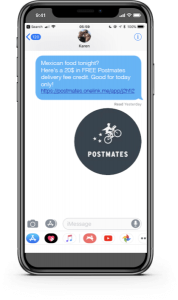Amazon — Once Again- – Fights Fake Reviews, Click Fraud
Scams used to outsmart Amazon’s algorithms that are intended to rank and serve up the most relevant products at the top of the results page are growing nearly as fast as its budding search and advertising businesses.
The Wall Street Journaluncovered the scam, which includes dozens of “young men crowded into tiny rooms with 30 computers each in northern Bangladesh.” They open the marketplace’s website and repeatedly type in search terms and click on the links of products they are paid to boost.
Those clicks tell the algorithms that the products are popular. The algorithms rank the products higher based on clicks in search engine query page results so the higher the ranking the better chance of a sale.
Fraud runs rapid on all types of platforms, from search rankings to influencer marketing.
Analytics company Points North Group released data quantifying second-quarter brand spending on influencer marketing and fake followers in the U.S. and Canada. The data highlights the brands that got hurt the most from influencers’ fake followers, and which paid the lowest effective CPMs on Instagram.
Brands in the second quarter of 2018 spent $211 million on influencer marketing in the U.S. and Canada, of which they spent $150 million on Instagram, but $11 million of that was for influencers’ fake followers.
The Top Ten Influencer Marketers on Instagram spent an average of $2.5 million in the second quarter, and the sponsored posts on the platform went to audiences that on average were 32% fake.
Facebook also faces fake clicks and accounts, even as the company begins to release new features to make it easier to identify fraud. In May the company reported disabling 583 million fake accounts and took down millions of spam posts. In a post, Facebook CEO Mark Zuckerberg wrote that the company’s technology removed the spam before anyone reported it.
(57)
Report Post






